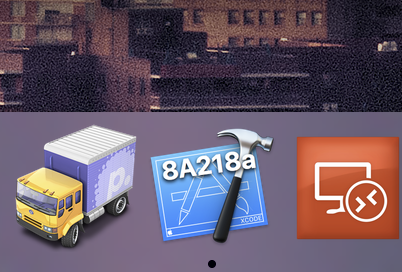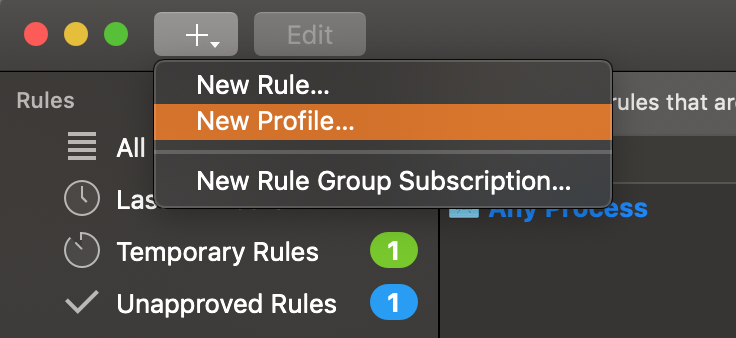Photoanalysisd Little Snitch


- How to block Little Snitch from calling home and killing numbers:
- 1. The first step is to block Little Snitch with Little Snitch. Create two new rules in Little Snitch as below:
- a) Deny connections to Server Hostname http://www.obdev.at in LS Configuration. The address that will appear if you do it correctly is 80.237.144.65. Save.
- and the next is:
- b) Deny connections in LS Config to the application Little Snitch UIAgent (navigate to /Library/Little Snitch/Little Snitch UIAgent.app, any server, any port.
- 2. After that is done, open the Terminal (in your Utilities) and paste in:
- sudo /Applications/TextEdit.app/Contents/MacOS/TextEdit /etc/hosts
- (Hit return and type in your admin password). A TextEdit window will open behind the Terminal window. Command+Tab to it - this is your hosts file.
- 3. Place your cursor at the end of the text there, type or leave one vertical space and paste in the following:
- # Block Little Snitch
- 4. Close TextEdit, hit Command+Tab to return to the Terminal window, and paste in the following:
- sudo dscacheutil -flushcache
- 5. Hit the Return key and quit Terminal. You're finished now.
- 6. Easy, isn't it. If only everyone would do this, the developer would cease and desist from killing the number that you personally are using successfully on your Mac. At least until the next version is released…
| Developer(s) | Objective Development Software GmbH |
|---|---|
| Stable release | 4.5 (March 30, 2020; 19 days ago[1]) [±] |
| Written in | Objective-C |
| Operating system | macOS |
| Available in | German, English, Chinese, Japanese, Russian |
| Type | Firewall |
| License | Proprietary |
| Website | https://obdev.at/products/littlesnitch |
| Usage | |
Little Snitch is a host-based application firewall for macOS. It can be used to monitor applications, preventing or permitting them to connect to attached networks through advanced rules. It is produced and maintained by the Austrian firm Objective Development Software GmbH.
Unlike a stateful firewall, which is designed primarily to protect a system from external attacks by restricting inbound traffic, Little Snitch is designed to protect privacy by limiting outbound traffic.[2] Little Snitch controls network traffic by registering kernel extensions through the standard application programming interface (API) provided by Apple.[3]
Jun 16, 2017 I have just upgraded to macOS SIerra in my Mac Air and I noticed that a process called 'photoanalysisd' is currentlu taken almost 90% of my processor and overheating my Mac. If you have Little Snitch, you can block it permanently. I don't want the cloud, like my photos and music to stay on my mac, no Iphone or watch to synch. A Windows 10 firewall that works like Little Snitch? Posted by 4 years ago. A Windows 10 firewall that works like Little Snitch? For those of you that don't know what Little Snitch is, it's a Mac program that detects outbound connections and lets you set up rules to block connections. Every time Little Snitch detects an. Apr 29, 2011 'Little Snitch informs you whenever a program attempts to establish an outgoing Internet connection.' The same can be done with tcpdump, snort, or any sniffer-type program (Wireshark, for instance). But if you're looking for a GUI-type of software for Linux that's equivalent to Little Snitch, you're not going to have much luck. Was this help page useful? Send feedback. © 2016-2020 by Objective Development Software GmbH. Little Snitch 1.2.2 strikes a good balance between automatically blocking potential problems and letting users decide what connections to allow. This is a great tool for anyone who uses a wide. Apr 01, 2020 Little Snitch runs inconspicuously in the background and it can even detect network-related activity of viruses, trojans, and other malware. What's new in Little Snitch. Version 4.5: This release brings new features and improvements requested by users, after a few months of focussing on compatibility with macOS Catalina. In particular.
Little snitch crack. If an application or process attempts to establish a network connection, Little Snitch prevents the connection. A dialog is presented to the user which allows one to deny or permit the connection on a one-time or permanent basis. The dialog allows one to restrict the parameters of the connection, restricting it to a specific port, protocol or domain. Little Snitch's integral network monitor allows one to see ongoing traffic in real time with domain names and traffic direction displayed.
Jan 26, 2015 Trackid is a setting which, when you perform searches on Google, can integrate itself into the address and prompt searches with the word trackid despite your intentions. To be more specific, the exact address inserted into your URL is trackid=sp-006, here is. 3utools trackid sp-006. Mar 13, 2016 I have tried 2 virus scanners and malware cleaner that can't find anything but it's always on my web browser address. We would like to show you a description here but the site won’t allow us. Dec 29, 2014 Geeks To Go is a helpful hub, where thousands of volunteer geeks quickly serve friendly answers and support. Check out the forums and get free advice from the experts. Register now to gain access to all of our features, it's FREE and only takes one minute. Trackid=sp-006 is a persistent tracker that started frustrating users since at least 2014. Once typing in a search query on Google Chrome, users noticed that their searchers are redirected to unknown and suspicious websites.
The application (version 4) received a positive 4.5/5 review from Macworld.[4]
References[edit]
- ^'Release Notes – Little Snitch'. Retrieved March 31, 2020.
- ^'Little Snitch 4'. Retrieved July 20, 2019.
- ^Little Snitch 3 - Documentation. Objective Development Software GmbH. 2013.
- ^Fleishman, Glenn (September 8, 2017). 'Little Snitch 4 review: Mac app excels at monitoring and controlling network activity'. Macworld. Retrieved July 20, 2019.
External links[edit]
- Official website